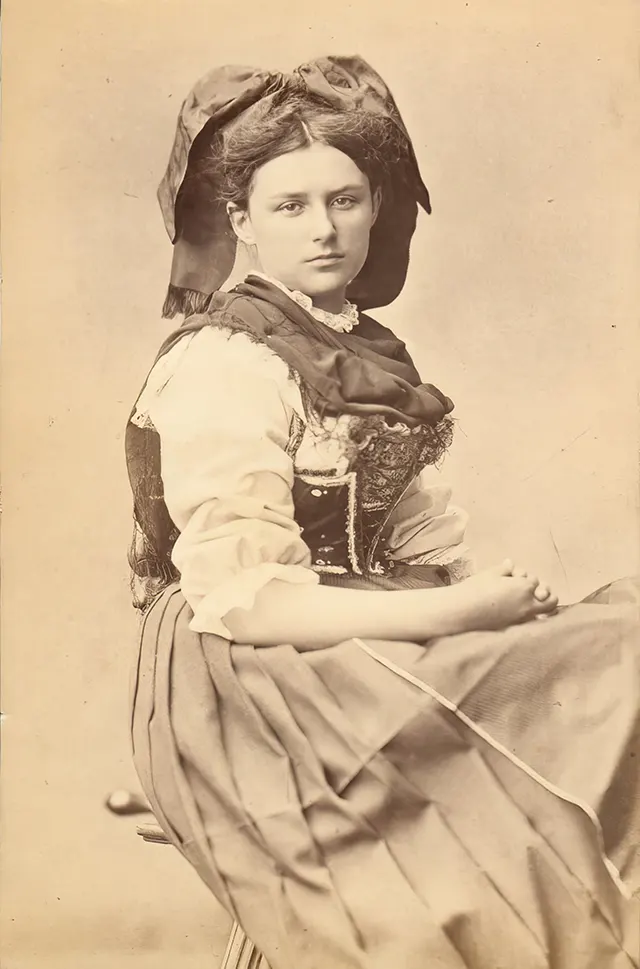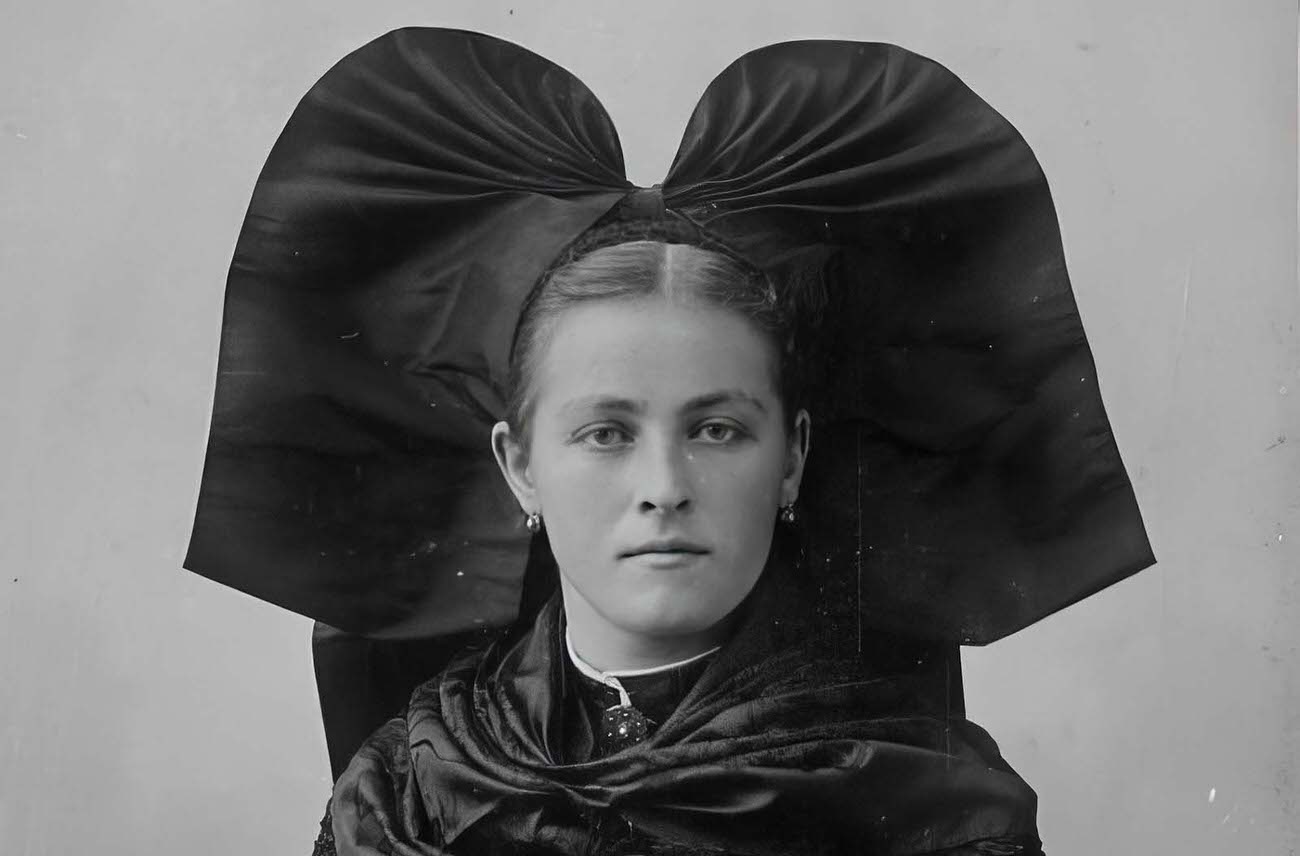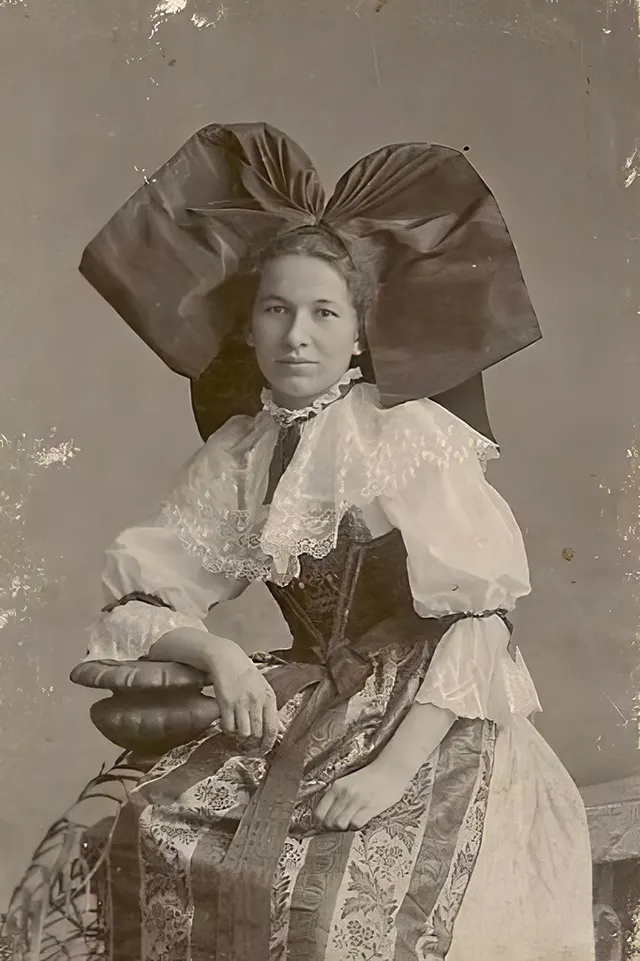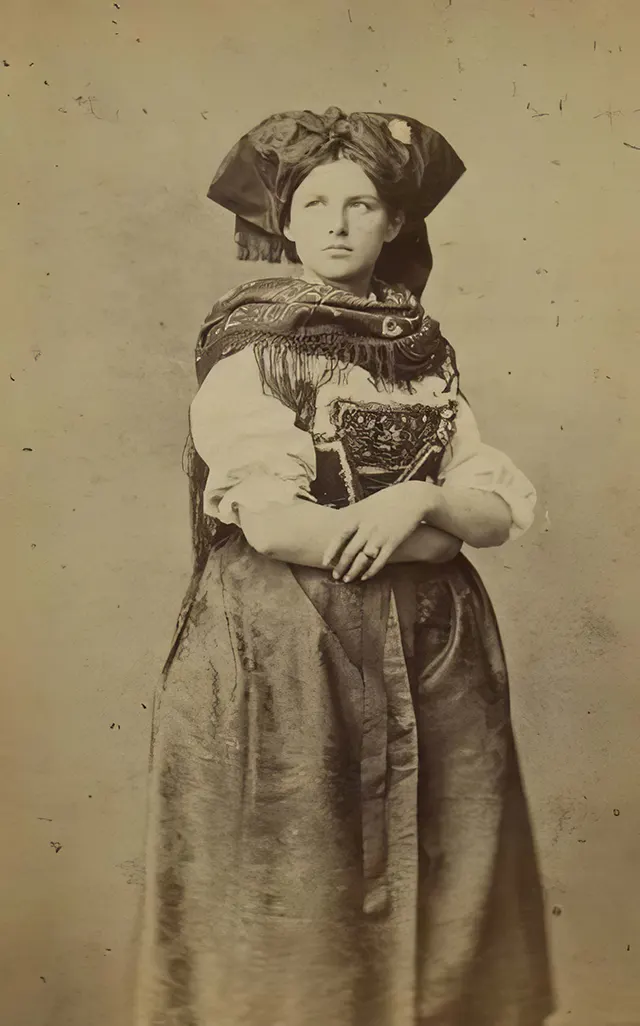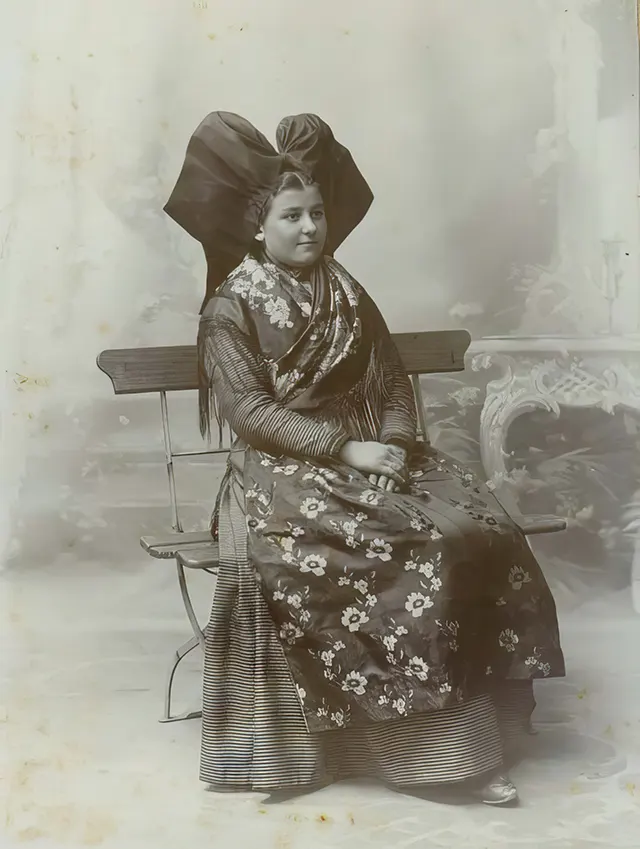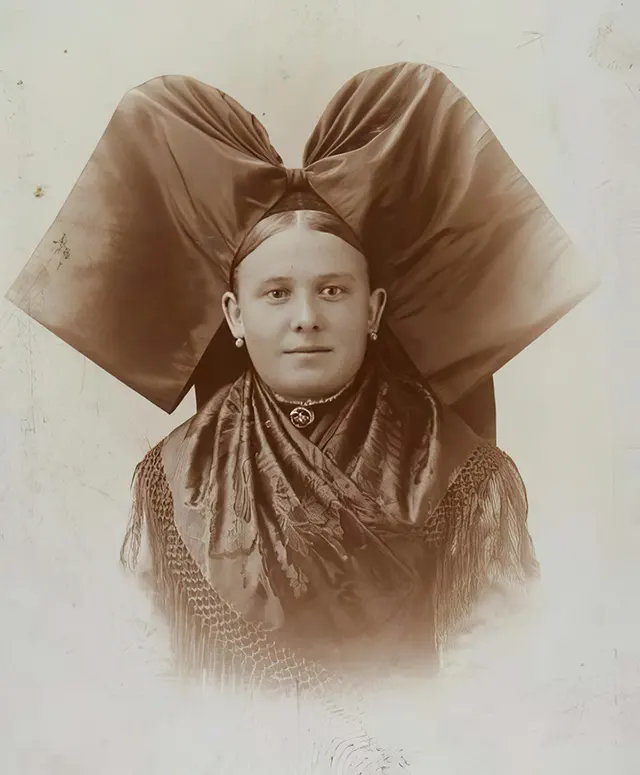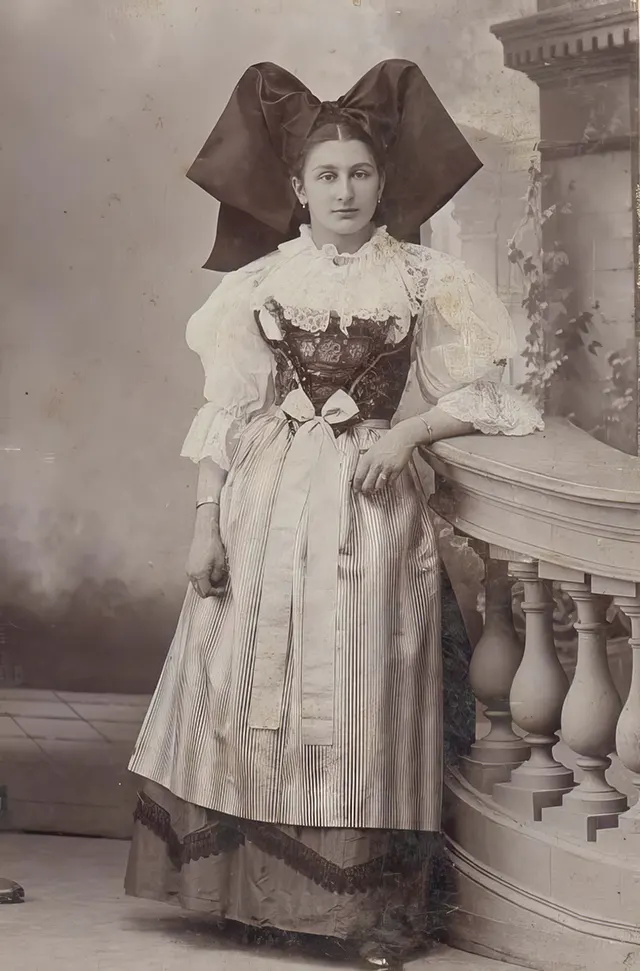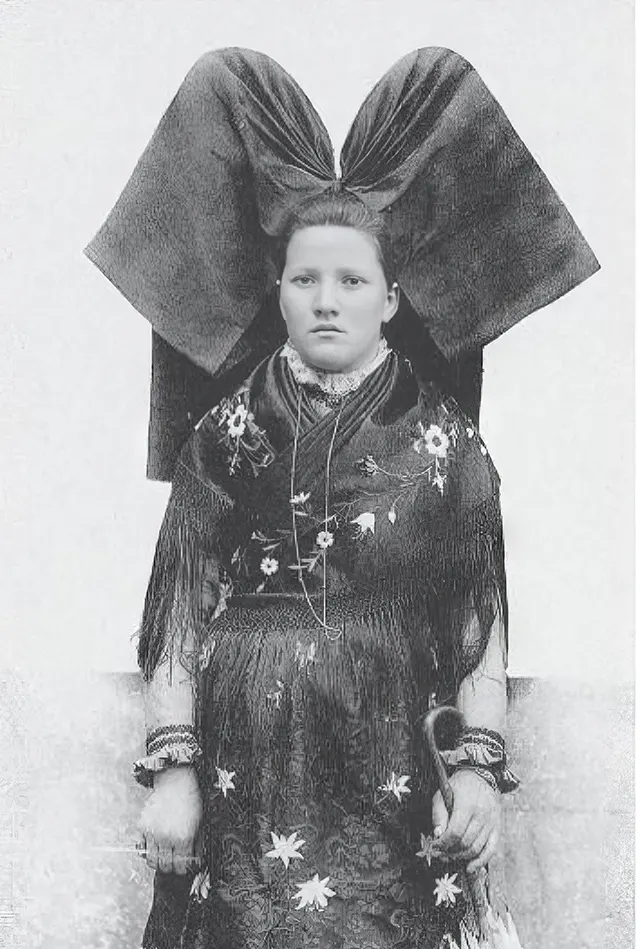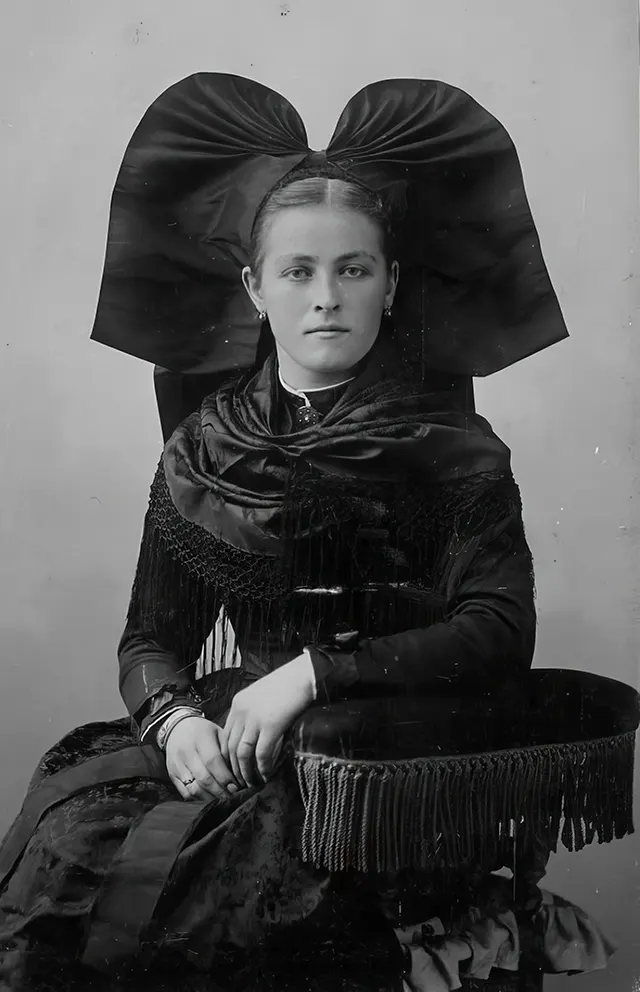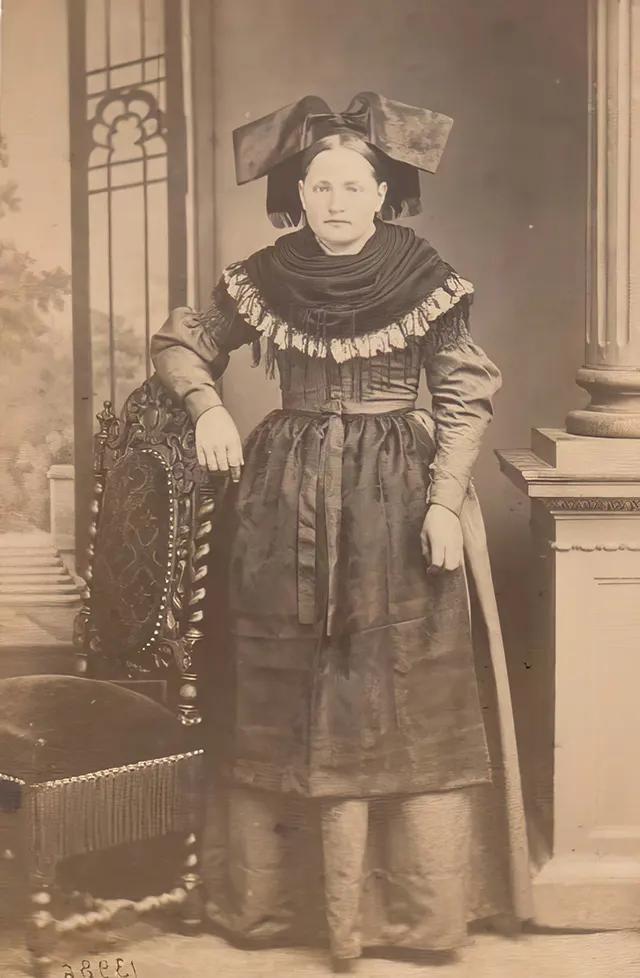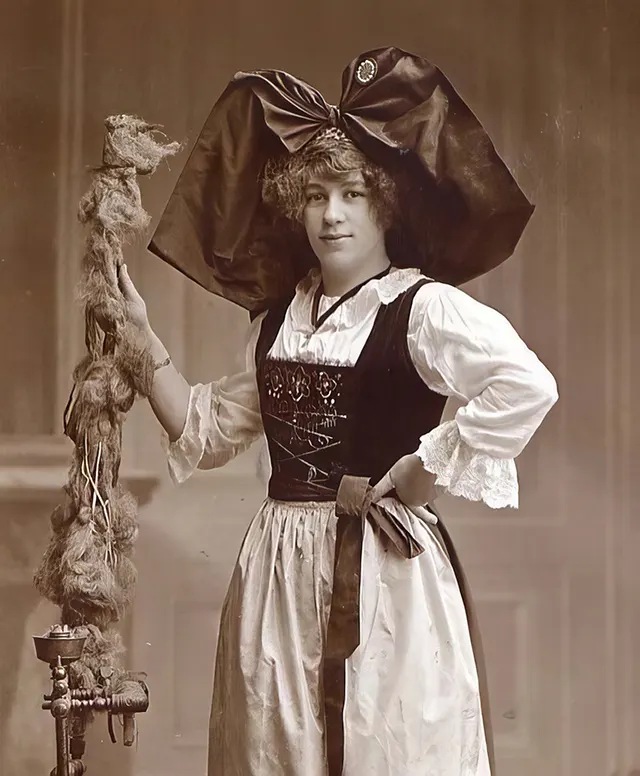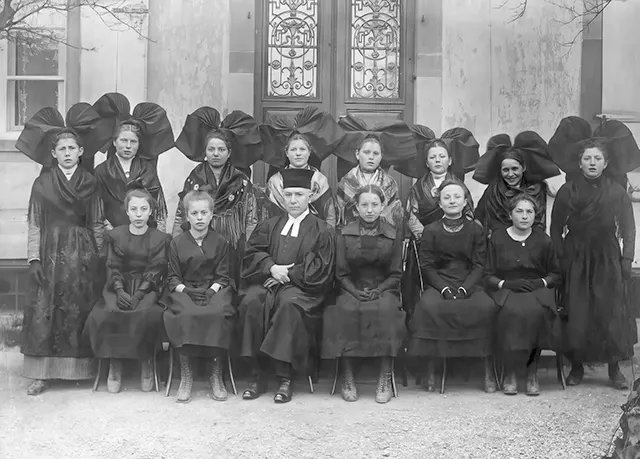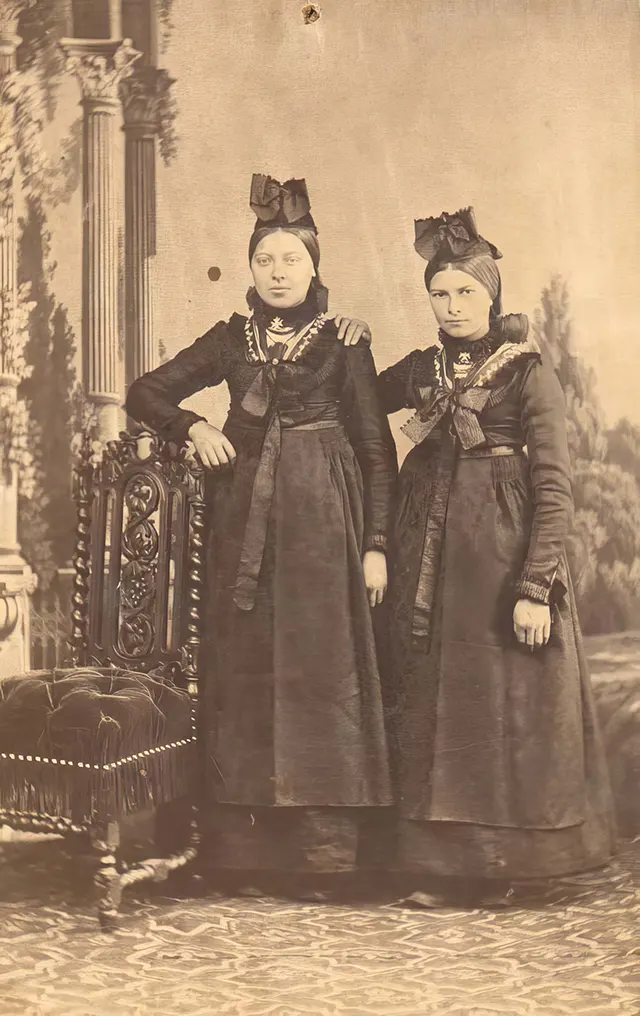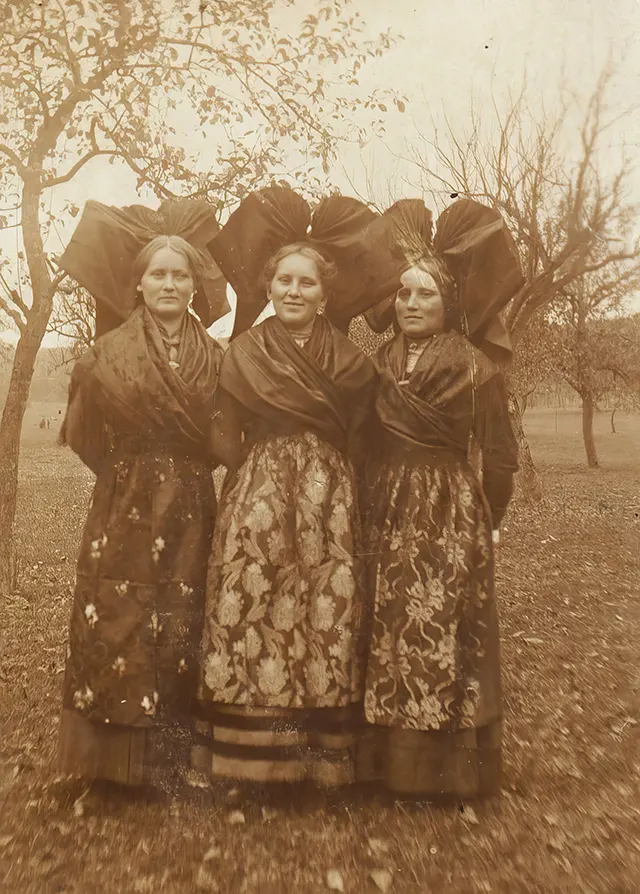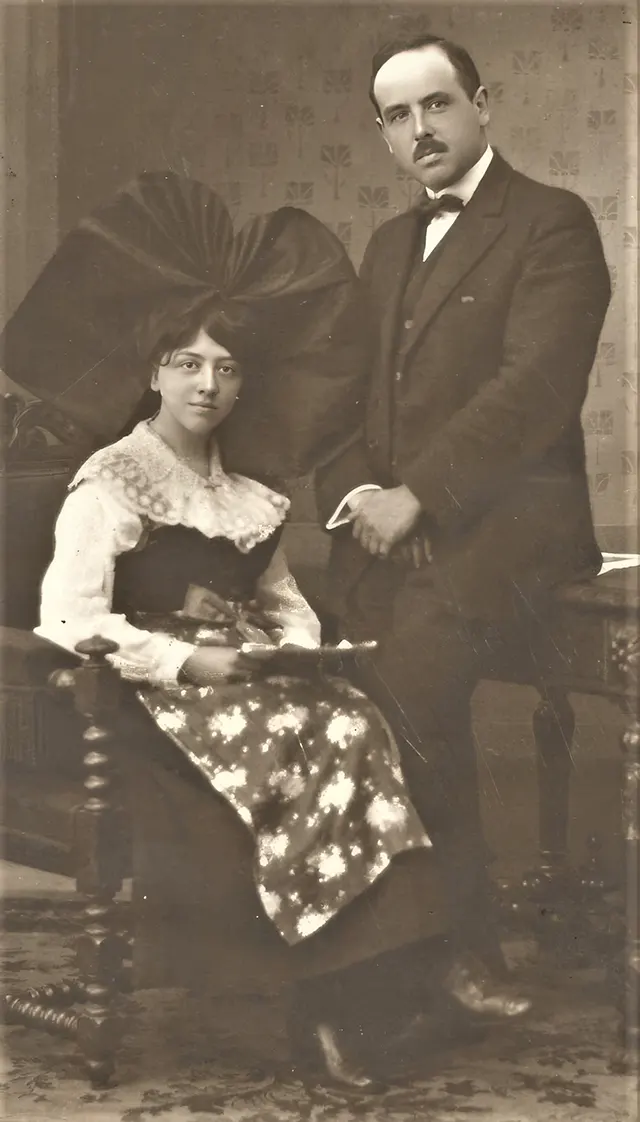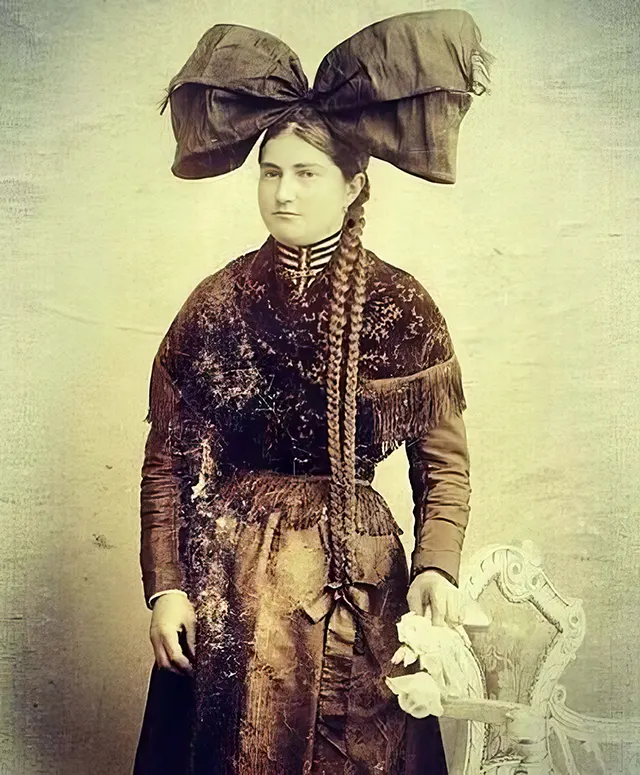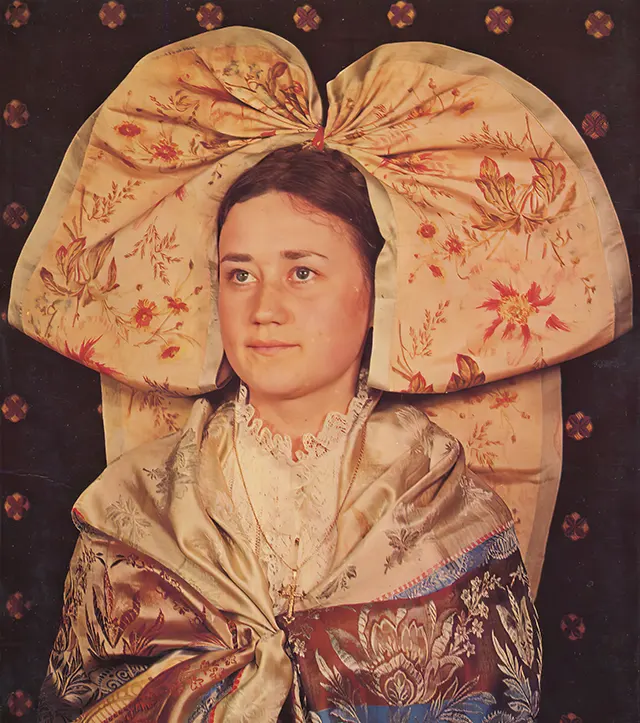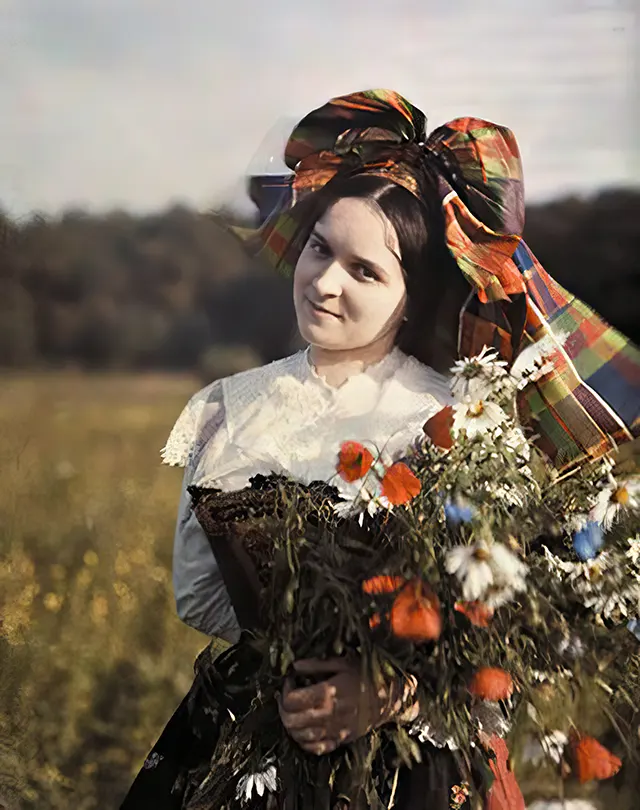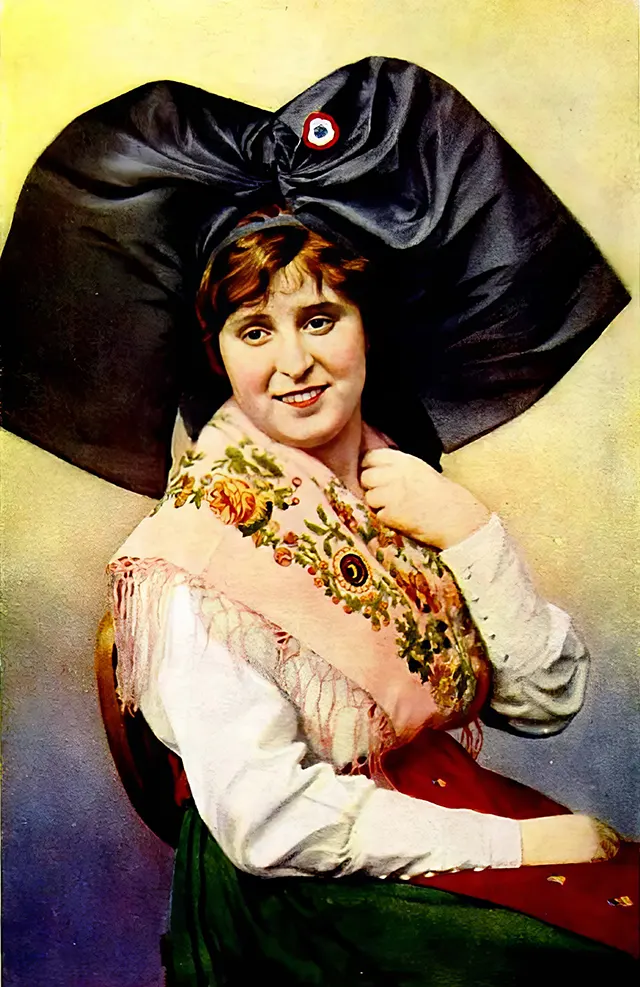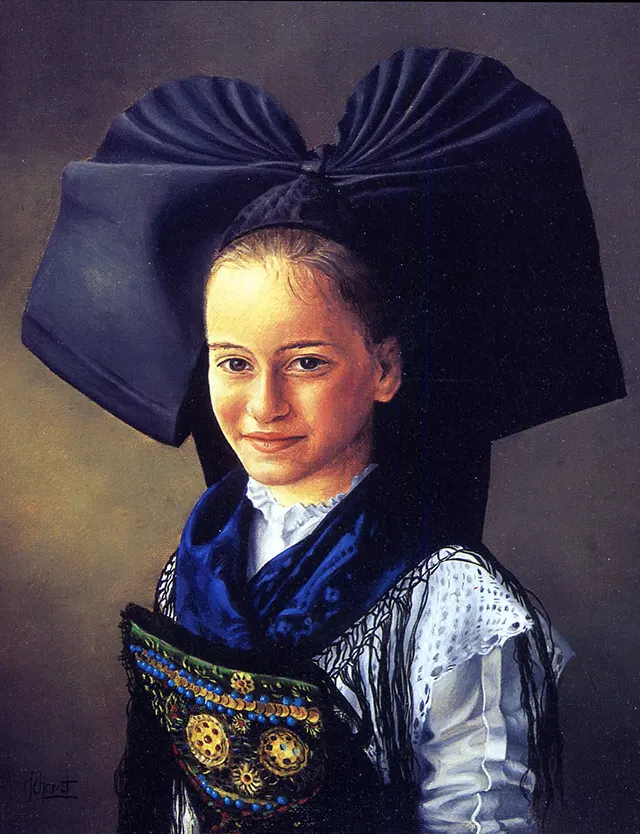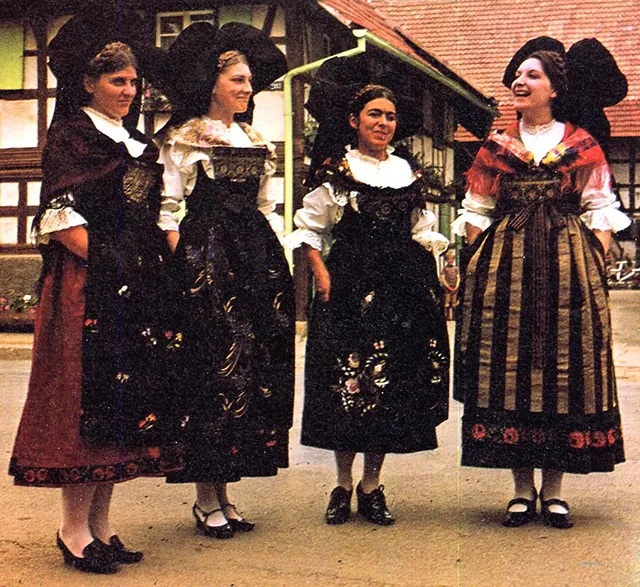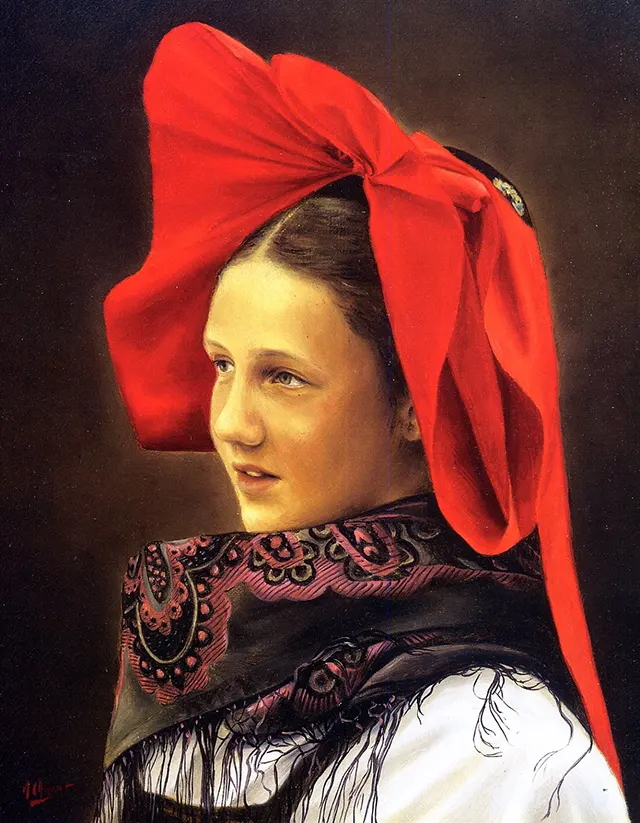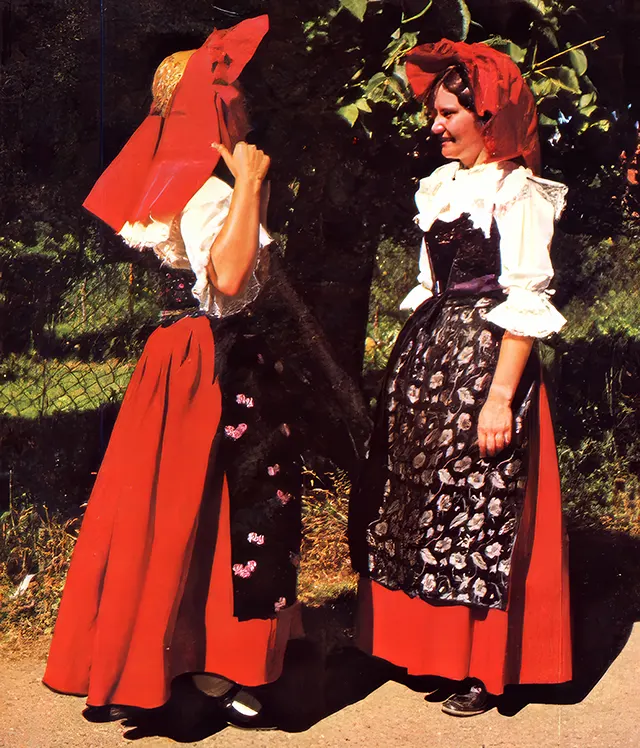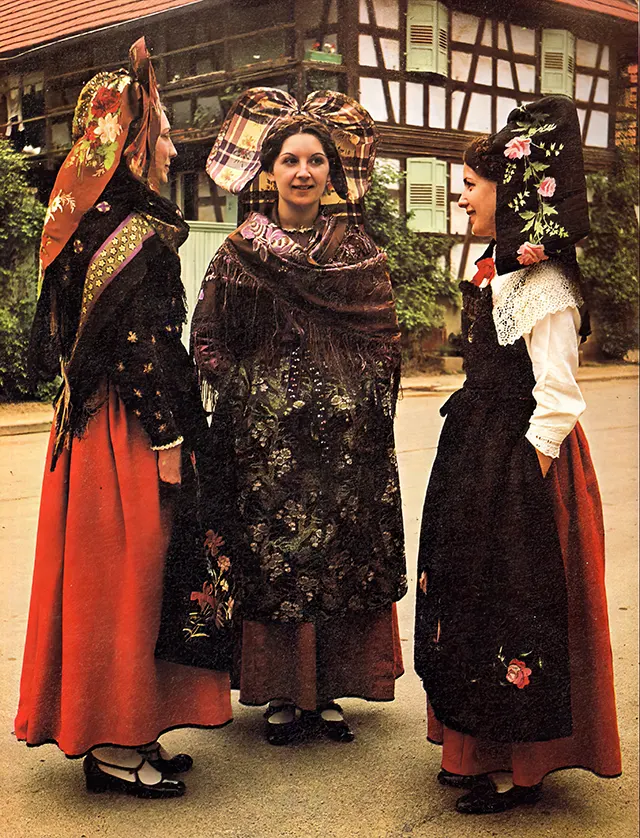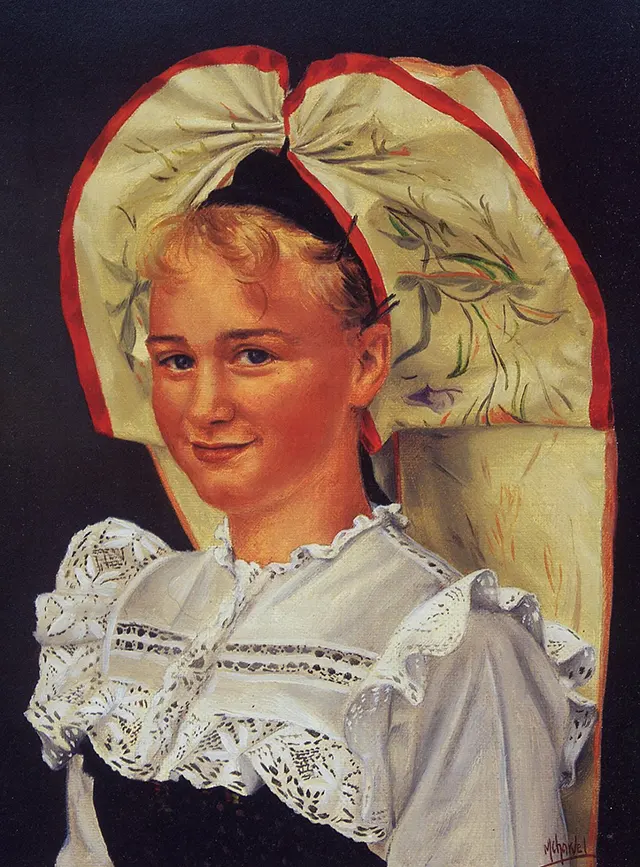Nestled in northeastern France, Alsace is a region rich in history and culture. It has been influenced by both French and German traditions. This blend is seen in its food, villages, and unique customs. One of the most striking traditions is the Schlupfkapp, a traditional headdress worn by women in Alsace.
What is the Schlupfkapp?
The term “Schlupfkapp” translates to “slip cap” in German. However, this headdress is anything but simple. It features a large, eye-catching bow that became a significant part of Alsatian women’s clothing. The Schlupfkapp is not just a piece of fashion; it reflects the identity and social status of the women who wear it.
Origins of the Schlupfkapp
The Schlupfkapp has its roots in the 19th century. Initially, it started as a straightforward coif, which is a type of head covering. These early coifs were generally made of linen and tied with a small ribbon. As time passed, the Industrial Revolution brought many changes. Ribbons became easier to find and more varied in style.
With the availability of wider ribbons, the look of the Schlupfkapp began to evolve. By the early 20th century, ribbons could measure up to 35 centimeters wide. This dramatic increase in size made it challenging to tie the bows in the traditional way. As a result, women began to fold and secure the ribbons differently, leading to the oversized bow that we associate with the Schlupfkapp today. In French, it is sometimes referred to as the coiffe alsacienne..
Read more
Religious Significance
The way a woman wore her Schlupfkapp often revealed her religious beliefs. In Alsace, Protestant women chose a more modest style. They wore a simple black bow that reached their shoulders. This understated look contrasted sharply with the designs favored by Catholic women.
Catholic women had more freedom in their choices. Their bows were typically longer, often reaching down to their waists. They also used vibrant colors and intricate embroidery, making their headdresses stand out even more. These differences in style served as a visual indicator of faith. In a region where religion played an important role, the Schlupfkapp sparked silent conversations about identity.
Marital Status and the Schlupfkapp
The Schlupfkapp also hinted at a woman’s marital status. Unmarried women wore larger, fancier bows, adding a lively flair to their traditional clothing. In contrast, once a woman got married, her Schlupfkapp became more practical. While the large bow remained, the focus shifted to functionality. The headdresses were made from sturdier fabrics to keep hair neatly in place, blending practicality with tradition.
Historical Context
The history of Alsace-Lorraine has shifted between French and German control, influencing local fashion. During the French Revolution in 1793, the Jacobin leader Louis Antoine de Saint-Just banned the traditional cap, labeling it “too German.” This decree showed how fashion and politics were intertwined in the region.
After World War II, the Schlupfkapp faded from everyday use. However, it experienced a surprising revival in 2014. This resurgence coincided with a proposed merger of the Lorraine and Champagne-Ardennes regions. Many Alsatians feared that their unique culture would be lost. In response, supporters of the “Unified Alsaciennes” movement wore the Schlupfkapp proudly to assert their regional identity.


